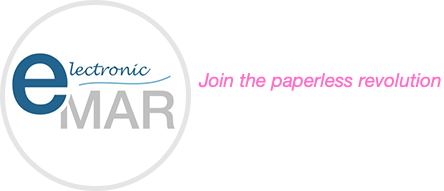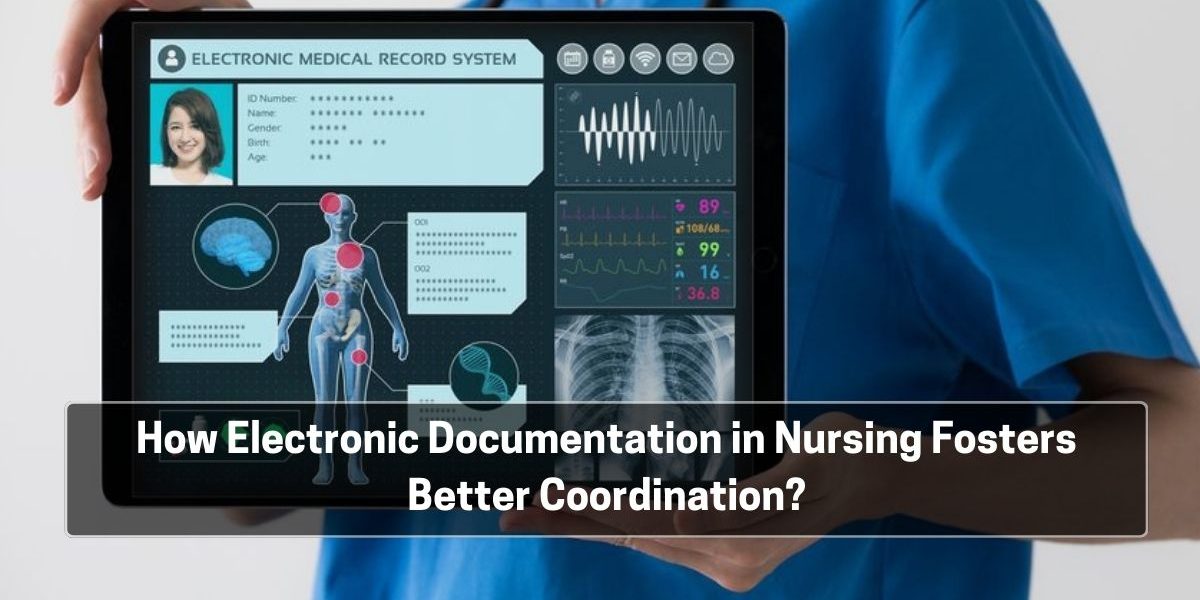Nurses must collaborate with various members of the healthcare system to ensure proper care for all patients. This includes contacting pharmacists for drug information and updating physicians about new symptoms that patients may have developed. Electronic documentation in nursing has significantly improved the quality of coordination between nursing staff and others in the healthcare field. Here, we share how electronic documentation in nursing has positively impacted coordination:
- Centralised patient information:
Patient records are maintained in a centralised database when using electronic documentation software. This allows all members of the healthcare system, including nursing staff, to easily access the records and stay updated with any changes in care requirements, symptoms, medications, and more. Centralised information reduces the risk of miscommunication or misunderstandings.
- Real-time updates:
Manually maintaining records often leads to a delay in record-keeping, as nursing staff need time to manually enter new information. Electronic records eliminate this delay. All information related to patient care is updated in real-time, ensuring that all points of contact within the healthcare system are aware of recent changes.
- Improved communication:
These systems also facilitate seamless communication between healthcare team members. Many electronic documentation software programs have specialised alerts. Nursing staff can use these features to inform doctors or other care staff of any changes in a patient’s medication, conditions, and more. This improves the responsiveness within the care system, leading to better outcomes.
- Standardisation of care:
Many electronic records include specific checklists and templates for nursing staff to follow. By using the same procedure consistently, healthcare facilities can establish a standardised way of doing things. Over time, this consistency ensures that patient information is collected accurately and all team members know their roles.
Handwritten notes can be difficult to interpret, and there is substantial room for mistakes in such documentation. In contrast, electronic documentation minimises these risks. The entries are standardised to ensure that nursing staff can easily understand and interpret the necessary information, thereby fostering better coordination.
Electronic medication administration record (eMAR) and electronic documentation are two important components of modern healthcare technology, particularly in nursing and pharmacy management. eMAR is often a component of a larger electronic health record (EHR) system, which is part of electronic documentation. This integration ensures that medication administration records are a seamless part of the patient’s overall health record. The integration allows for better communication between nurses, pharmacists, and physicians, reducing the risk of medication errors and improving patient outcomes.







